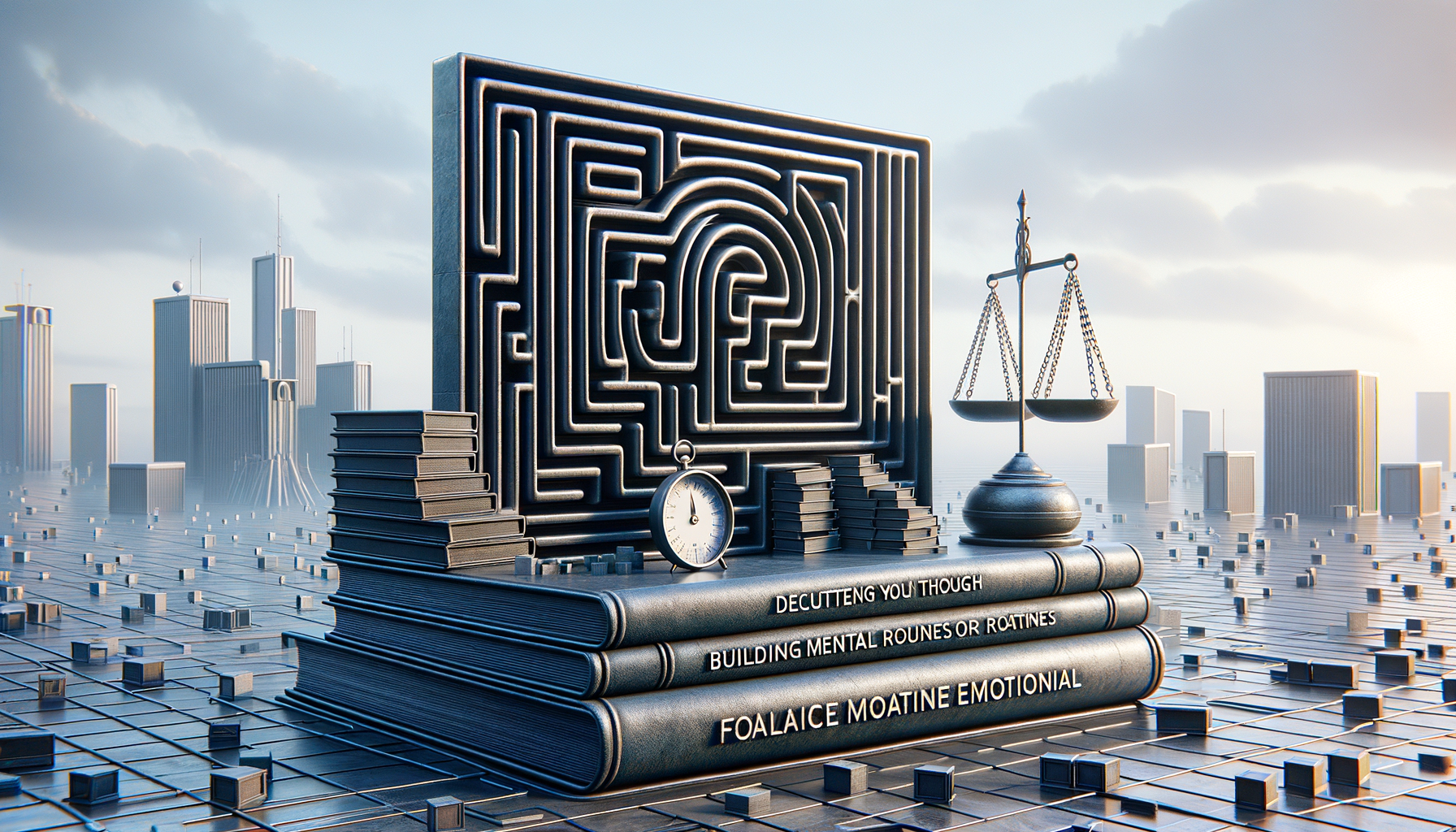
Mental Clutter Is Real: How to Organize Your Thoughts Like a Pro
Understanding Mental Clutter
Mental clutter is akin to having a desk piled high with papers, notes, and random objects—it’s overwhelming and makes it difficult to find what you need. In the realm of the mind, clutter manifests as a jumble of thoughts, worries, and ideas that compete for your attention. This mental noise can lead to stress, anxiety, and a diminished ability to focus. Recognizing mental clutter is the first step towards managing it. Signs include feeling overwhelmed by thoughts, difficulty concentrating, and a tendency to overthink simple decisions. By acknowledging these symptoms, you can begin to address the root causes and work towards a clearer, more focused mind.
Declutter Your Thoughts
Decluttering your thoughts involves a conscious effort to sort through and organize your mental landscape. Start by setting aside time each day to reflect on your thoughts. Journaling can be an effective tool for this process, allowing you to express and examine your thoughts in a structured manner. Additionally, mindfulness meditation can help you become more aware of your thought patterns and learn to let go of those that are unproductive. By practicing these techniques regularly, you can reduce mental clutter and create space for clarity and peace.
- Set aside time for daily reflection
- Use journaling to express and organize thoughts
- Practice mindfulness meditation
Building Mental Routines
Establishing mental routines can provide structure and predictability in your day, helping to reduce mental clutter. Begin by identifying tasks or activities that you perform regularly and create a schedule around them. This could involve setting specific times for work, exercise, or relaxation. By creating a routine, you can minimize decision fatigue and free up mental energy for more important tasks. Moreover, routines can help reinforce positive habits and contribute to overall mental well-being. The key is to remain flexible and adjust your routine as needed to accommodate changes in your life.
- Identify regular tasks and activities
- Create a schedule to minimize decision fatigue
- Remain flexible and adjust as needed
Emotional Focus Techniques
Emotional focus techniques are designed to help you manage your emotions and maintain clarity of thought. One effective method is to practice emotional regulation, which involves recognizing and understanding your emotions, and responding to them in a healthy way. Techniques such as deep breathing, visualization, and positive affirmations can help you stay grounded and focused. Additionally, cultivating emotional intelligence can enhance your ability to navigate complex emotional situations and maintain mental clarity. By incorporating these techniques into your daily routine, you can improve your emotional resilience and reduce mental clutter.
- Practice emotional regulation
- Use deep breathing and visualization
- Cultivate emotional intelligence
Conclusion: Achieving Mental Clarity
Achieving mental clarity is a journey that requires patience and dedication. By understanding the nature of mental clutter and implementing strategies to declutter your thoughts, build mental routines, and focus emotionally, you can create a more organized and peaceful mind. These practices not only enhance productivity but also contribute to overall mental and emotional well-being. Remember, the goal is not to eliminate all thoughts but to manage them in a way that supports your goals and values. With consistent effort, you can transform mental chaos into clarity and focus.